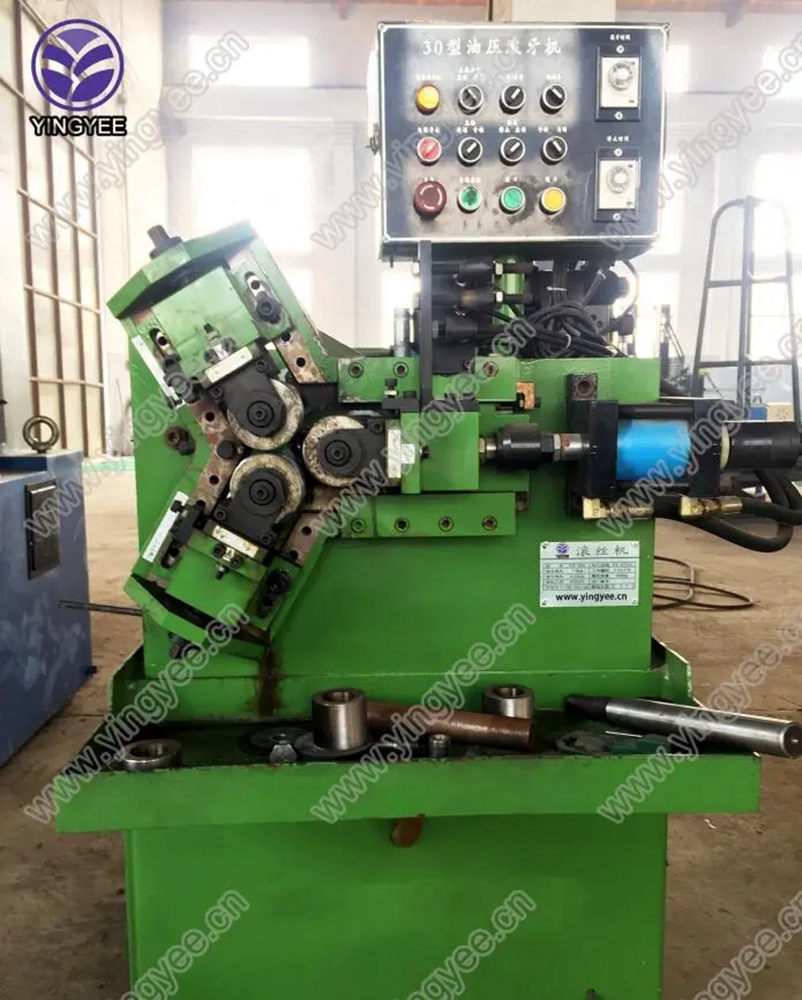
Understanding PPGI The Innovation in Prepainted Galvanized Coils
In today's industrial landscape, the demand for durable and aesthetically pleasing materials is ever-increasing. One such innovative product that has gained significant attention is Prepainted Galvanized Iron (PPGI). PPGI refers to coils of galvanized steel that have been pre-painted to improve their resistance to corrosion and enhance their visual appeal. This versatile material is widely used in various applications, from construction to home appliances, making it an essential component in modern manufacturing processes.
What is PPGI?
PPGI is produced by applying a layer of paint to galvanized steel sheets or coils, which essentially consists of steel coated with a layer of zinc. The zinc coating protects the underlying steel from rust and corrosion, while the paint layer further enhances its durability and aesthetic properties. This dual protection makes PPGI an ideal choice for industries that require materials that can withstand harsh environmental conditions.
Benefits of PPGI
One of the primary advantages of PPGI is its exceptional corrosion resistance. The zinc layer inhibits the oxidation process, ensuring that the underlying steel remains protected even in challenging environments. This quality is critical for applications in outdoor settings, where exposure to moisture and other corrosive elements can lead to significant material degradation.
Moreover, the pre-painted finish of PPGI offers a wide range of colors and textures, allowing manufacturers to meet various design requirements. This flexibility in design makes PPGI highly desirable for architectural applications, such as roofing panels, siding, and decorative features. The color retention of PPGI is another vital aspect, as it ensures that the material maintains its appearance over time, reducing the need for frequent maintenance or repainting.

Applications of PPGI
The applications of PPGI are numerous and varied. In the construction industry, PPGI is commonly used for roofing and wall panels due to its lightweight nature and ease of installation. Its resistance to corrosion makes it a perfect candidate for use in environments such as coastal areas, where the risk of saltwater corrosion is high.
Another significant application of PPGI lies in the manufacturing of home appliances. Products such as refrigerators, washing machines, and air conditioners often incorporate PPGI for both functional and aesthetic reasons. The pre-painted surface not only adds to the product's visual appeal but also enhances its ability to resist scratches, dents, and corrosion.
Environmental Impact
In addition to its physical properties, PPGI also presents an environmentally friendly choice for manufacturers. The production process of PPGI typically involves less energy consumption compared to traditional painting processes. Furthermore, the use of galvanized materials contributes to the recycling efforts as steel is one of the most recycled materials globally. This aspect underscores the importance of PPGI in sustainable manufacturing, as it supports the goals of reducing waste and promoting resource conservation.
Conclusion
In summary, Prepainted Galvanized Iron (PPGI) represents a significant advancement in material technology, combining durability, aesthetics, and environmental responsibility. Its ability to resist corrosion, coupled with the diverse range of colors and finishes, makes it an invaluable material across various industries. As manufacturers continue to innovate and seek solutions that enhance both functionality and visual appeal, PPGI is poised to remain a key component in numerous applications, driving progress in construction, appliance manufacturing, and beyond. As awareness of sustainable practices grows, the role of PPGI will likely expand, affirming its place in the future of material science and industrial design.